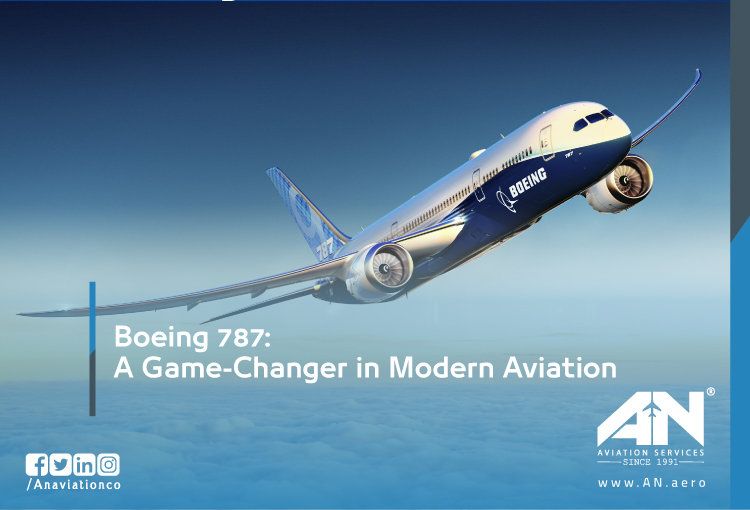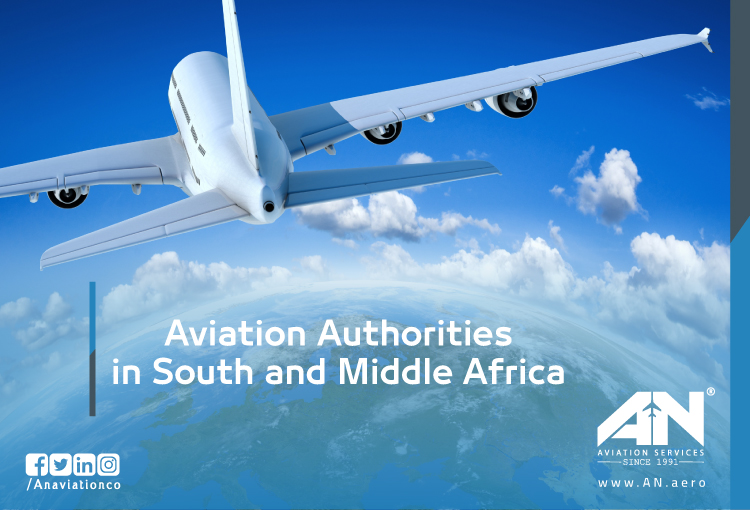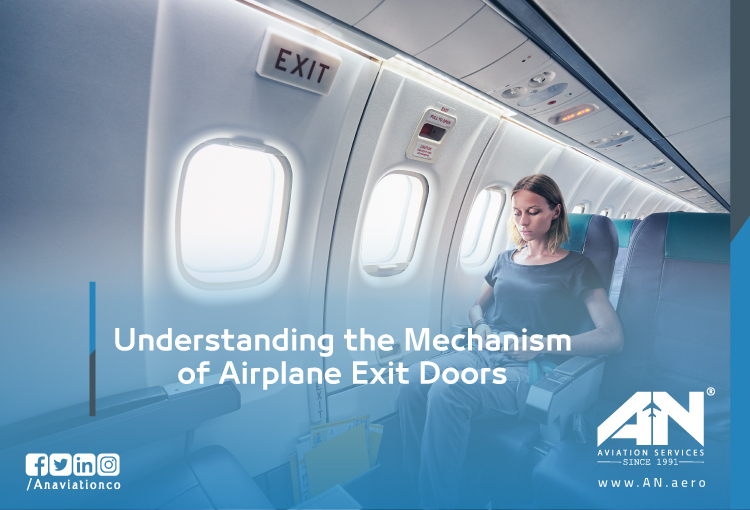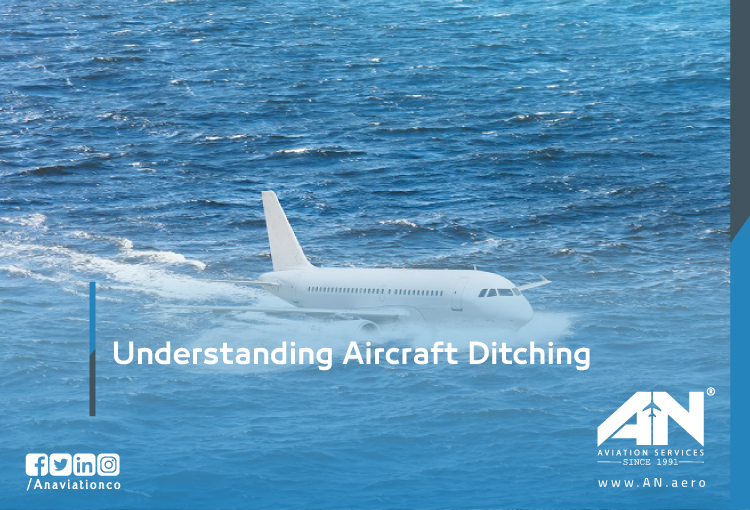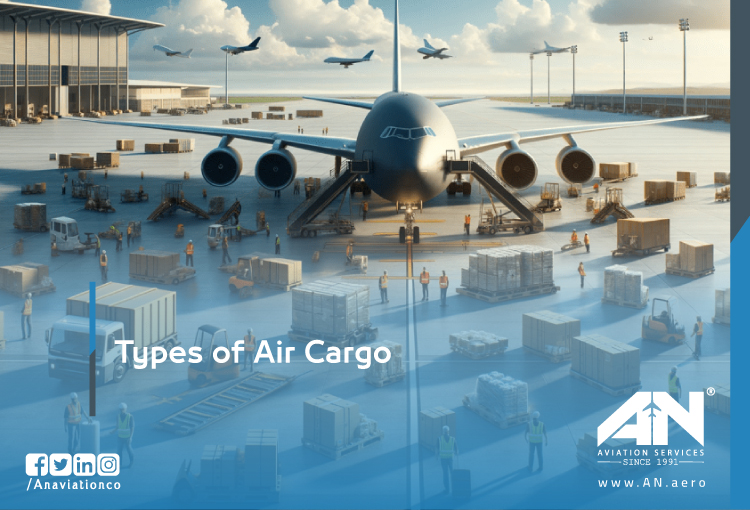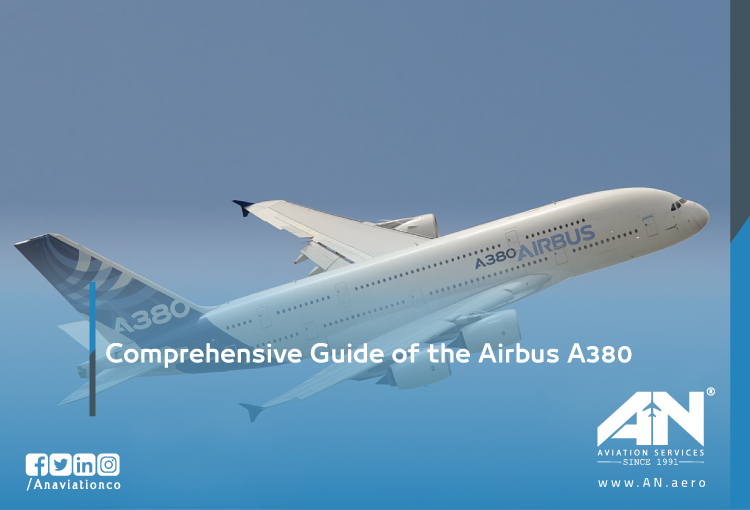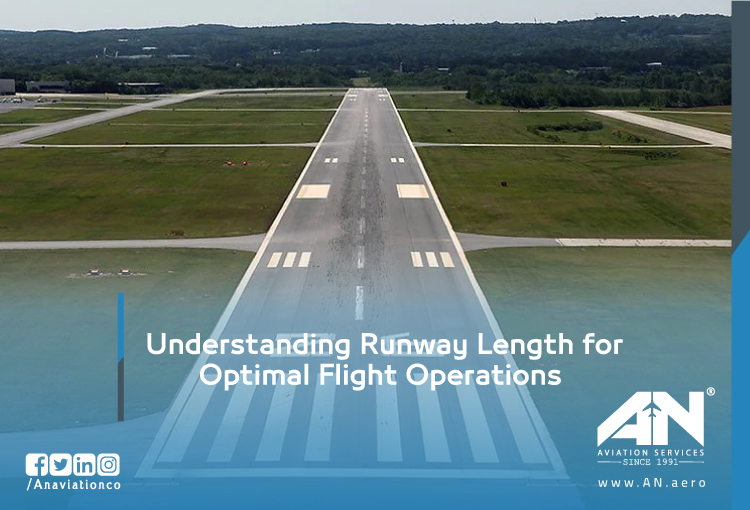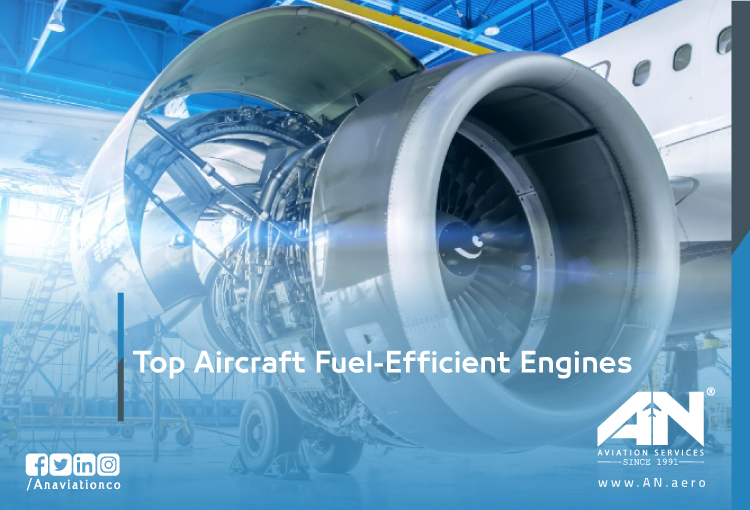The Boeing 787 Dreamliner is a revolutionary aircraft in the world of aviation. Known for its cutting-edge technology and passenger-friendly features, this wide-body jet has transformed the long-haul flying experience.
Civil aviation authorities in South and Middle Africa are essential for maintaining the safety and efficiency of air travel in the region.
Airplane exit doors are essential components designed to ensure passenger safety during both routine operations and emergencies.
Aircraft emergency landings on water, also known as water ditching, are critical maneuvers performed when landing on a runway is not possible. These situations often arise due to severe issues such as engine failure, bird strikes, or other emergencies that compromise the aircraft’s controllability.
Air cargo services are a vital component of global trade, enabling the swift and efficient transport of goods across the world.
The Airbus A380 is known as the world’s largest passenger aircraft, making it a standout in the aviation industry.
Did you know that the length of a runway can significantly impact flight operations? In aviation, the processes of taking off and landing an aircraft are critical phases that depend heavily on the design and condition of airport runways.
The aviation industry has long been characterized by its high consumption of fuel, largely due to the need for powering large, sophisticated aircraft across vast distances.


